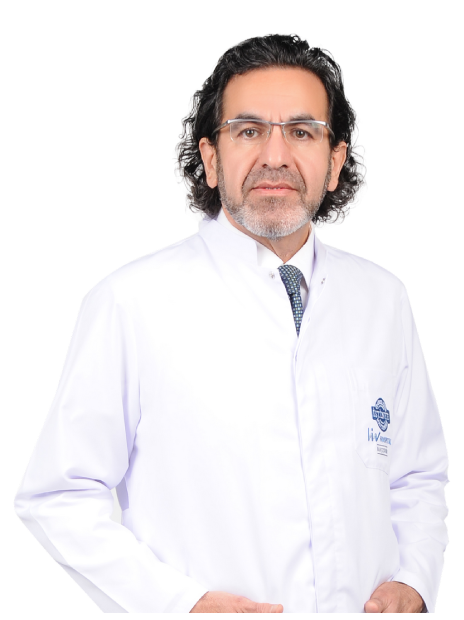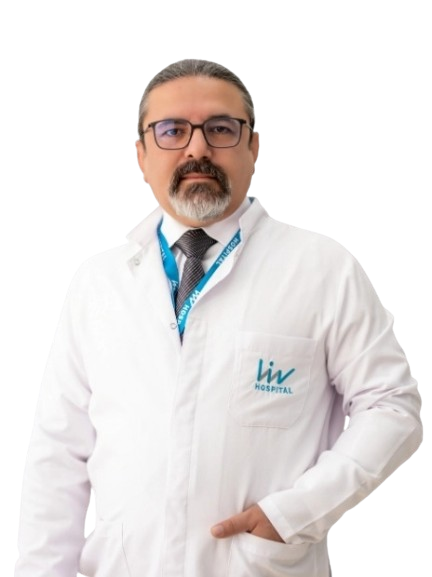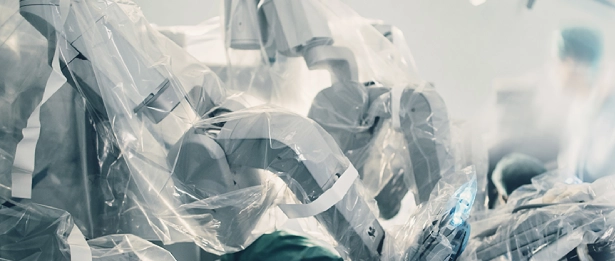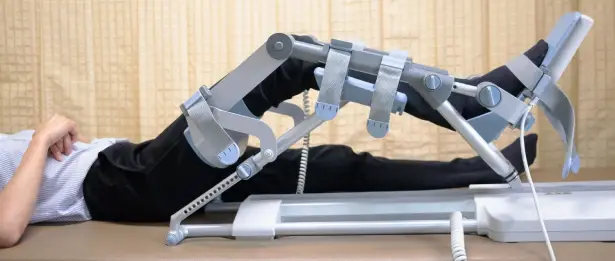Hand and Microsurgery
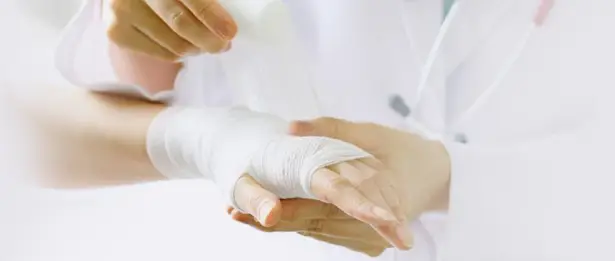
Last Update Date: 9/15/2025 9:09:32 AM
Hand and microsurgery are surgical fields that primarily focus on treating injuries, diseases, and deformities of the hands. Both fields utilize precise surgical techniques to treat structures such as the hands, fingers, and wrists. However, microsurgery is a broader term that can also be used to describe procedures in other parts of the body.
What are Hand and Microsurgery?
The anatomy and engineering of the human hand are truly remarkable. Hands in humans are incredibly complex, housing numerous intricate details. Our hands assist us millions of times throughout our lives in communication, touch, work, and personal care. Any injury to this highly functional and delicate structure can present a significant challenge to its fine motor skills and intricate functions.
What Conditions Do Hand and Microsurgery Treat?
Among all injuries, hand and finger injuries account for 65%, while hand-arm injuries make up approximately 18% of all body part injuries, representing the highest injury rates. Hand injuries can range from minor cuts to the complete amputation of a hand or arm.
The most common injuries include:
- Fractures
- Cuts and puncture wounds
- Soft tissue injuries and amputations
- Degloving injuries
- Burns to the hand and forearm
- Animal bites
- High-energy injuries
- Infections
The goal in treating hand injuries is prompt and accurate initial assessment and treatment. In other words, when an injury occurs, the doctor must initiate medical-surgical treatment quickly and effectively to minimize both the immediate and long-term adverse effects on hand function and anatomy.
Hand and Microsurgery at Liv Hospital
Hand surgery is performed by highly specialized plastic-reconstructive surgeons, orthopedic specialists, or hand surgery subspecialists. For the delicate structure of the hand, long-term experience is essential. It takes extensive knowledge of both the anatomy and the functional structure to select the appropriate surgical procedure. Likewise, learning and effectively applying microsurgical techniques require years of dedicated practice and experience.
Replantation refers to the process of surgically reattaching an amputated limb to restore its original anatomy and function using microsurgical techniques. These highly complex microsurgeries are performed using specialized surgical microscopes (8X, 40X) and fine, specialized surgical instruments. These surgeries, which can last for many hours, are conducted with great care and precision by a highly trained surgical team. The procedure begins with the reattachment of bone tissue, followed by the repair of arteries, veins (approximately 0.8 mm in diameter), and nerves under a surgical microscope using special suture materials. To restore limb function, muscles and/or tendons, known as movement mechanisms, are repaired either acutely or at a later stage.
